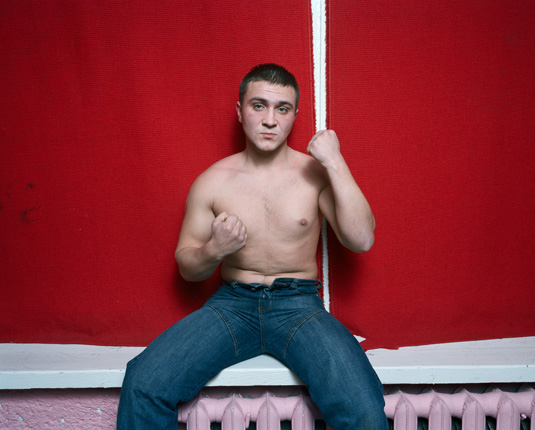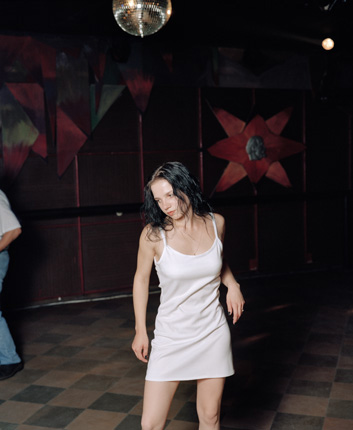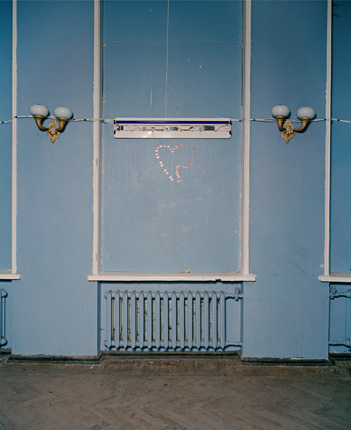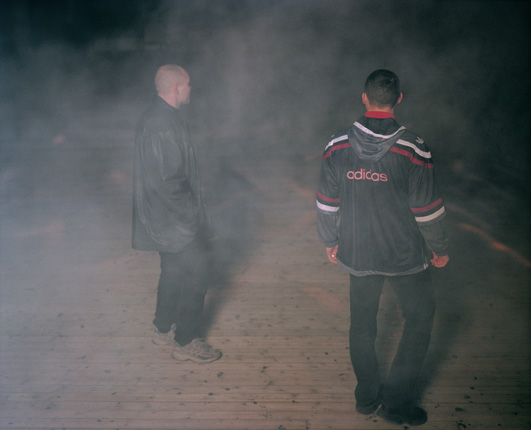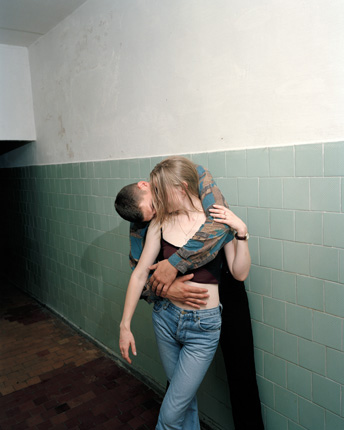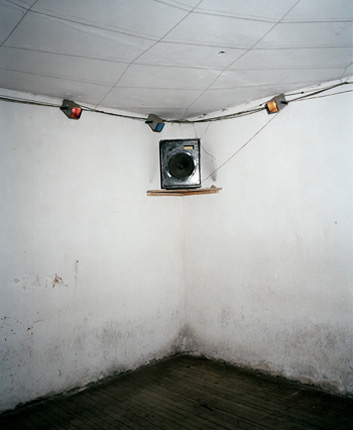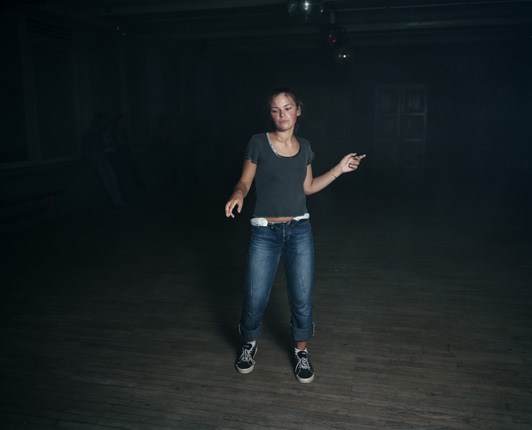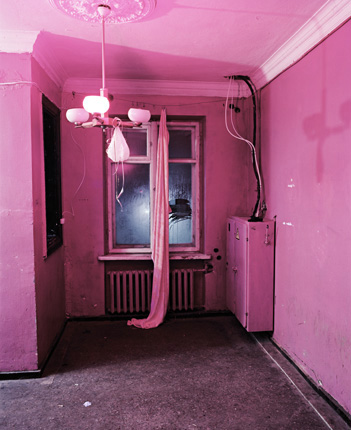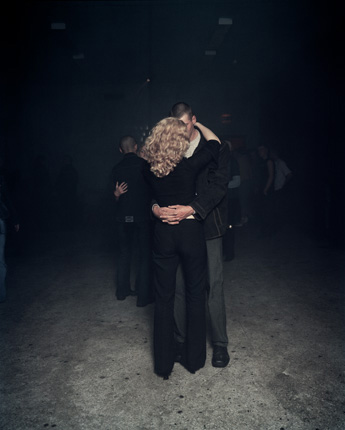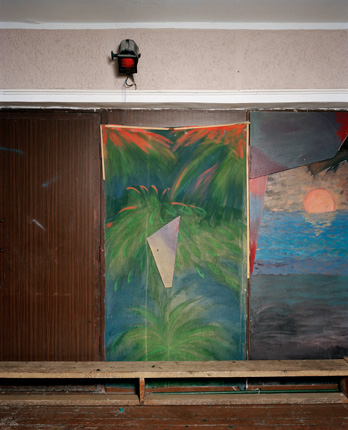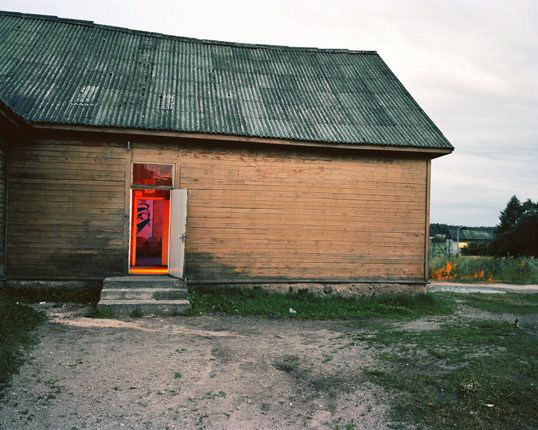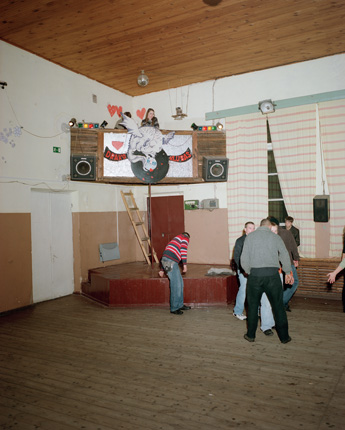During the last ten years, I have spent many weekends photographing in village discos in Lithuania. Most of these discos are located in Soviet era community centers. Sometimes I would rummage around the back rooms and find broken Lenin paintings, Soviet movie posters, gas masks and other remnants of the Soviet Union. I was quite fascinated by all this debris of a dead empire. It seemed like a perfect backdrop to make a series of photographs about young people in Lithuania, a crumbling past and the uncertain future of a new generation together in one room. The people I photographed were often puzzled about my presence in their local discos. Why would someone travel all the way from the USA to photograph them? I’m an American-Lithuanian, but my broken, heavily accented Lithuanian certainly gave me away. In truth, it was probably my outsider status that made me less threatening and kept me safe. The local disco is where you go to get drunk, make out, dance and sometimes fight. I ignored the repeated warnings from friends not to travel to these places alone. My anxiety was often quite intense when I got in my car and left the familiar lights of Vilnius searching for discos on mostly empty back roads. I never knew what I was going to find, but the prospect of discovering a disco somewhere in the dark with colored lights pouring out the windows and pulsating music pushed me forward.
Village discos are less popular these days. Lithuanian youth are moving to cities or leaving for Western Europe and America as fast as they can. But it’s my guess this doesn’t signal the end of village discos. The summer solstice or Joninės (St. John’s Day) is one of the more important holidays in Lithuania. Despite being named in honor of a Christian saint, this holiday has very pagan roots. And Lithuania, with its distinction as the last country in Europe to give up paganism and accept Christianity, enthusiastically celebrates the solstice by heading to the countryside. It’s one time during the year when villages seem more populated than cities. Andrei Tarkovsky has an amazing scene in Andrei Rublev showing medieval pagans celebrating the solstice. Naked villagers run around in the forest dancing, jumping over fires and having sex in the bushes. While it’s assumed that discos are a product of urban culture, it seems to me that these pagan traditions from the forest could have been the first discos. And maybe dancing in the forest never really goes out of style. After all, the full moon and stars make a pretty awesome disco ball.
DISKO will be published by Kominek Gallery (Berlin) in 2013.

